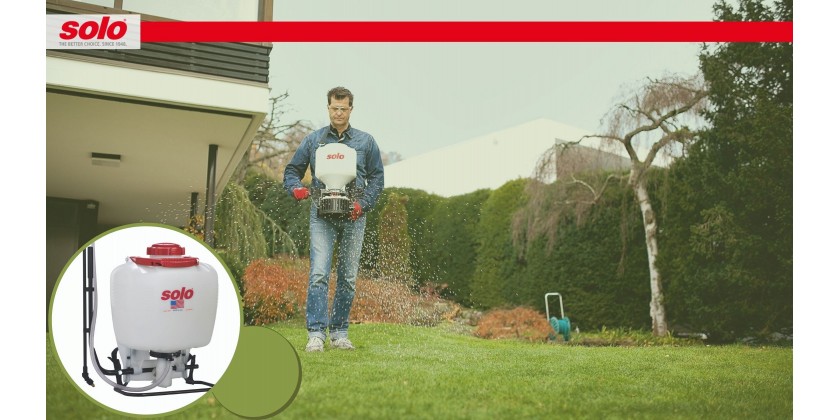
Bare patches, weeds, and a host of other issues can make your lawn unsightly. If you find yourself with these issues, you might wonder how you can improve your lawn to achieve thick, healthy turf.
Start with the soil
The soil in your lawn is critical to strong, healthy grass, but what makes soil healthy? According to the University of Minnesota, healthy soil “provides plants with easy access to air, water, and nutrients.”
You can’t fully know what your soil needs without first doing a soil test. A soil test will give you an overview of the pH, phosphorus, nitrogen, and potassium levels in your soil. With those results, you can determine what nutrients your soil needs.
Dethatch
Your lawn will eventually develop a layer of dead grass called thatch. Thick layers of thatch can create a barrier that crowds out nutrients from reaching the soil, which is why regularly removing thatch is important. You can use a dethatching rake to remove thatch, or if you have a larger lawn, consider using a motorized dethatcher.
Aerate
Aeration relieves compacted soil that makes it hard for water and nutrients to penetrate the soil. Aeration is also ideal before overseeding and fertilizing because the seed and fertilizer can penetrate the soil more deeply. You have the option to aerate manually or with a power aerator.
Overseeding
Overseeding your lawn helps fill in bare patches and rejuvenate stressed lawns. Once you aerate, you are ready to seed your lawn. There are several ways to spread seed. If you’re covering a small area or the sides of flower beds, you can use your hand to spread seed evenly. A spreader is also an excellent tool for overseeding because of its ability to spread seed evenly.
Fertilize
A well-fertilized lawn is a key ingredient to a healthy lawn. Depending on who you ask, you should plan on fertilizing at least one to two times per year. Before fertilizing your lawn, do a soil test to determine the type of nutrients your lawn needs. Your lawn needs three key ingredients: nitrogen, phosphorus, and potassium.
These three components make up lawn fertilizers. Each ingredient serves a different purpose for your lawn’s overall health:
- Nitrogen (N): Promotes growth and leaf development.
- Phosphorus (P): Promotes root development.
- Potassium (K): Increases disease and drought resistance.
Fertilizer bags indicate the percent of each nutrient in the bag. For example, 9-0-2 fertilizer is 9 percent nitrogen, 0 percent phosphorus, and 2 percent potassium.
Continuous Improvement
Following a lawn care schedule based on your grass type and geographic location is critical for a healthy lawn. Tell us how you plan to improve your lawn this spring!
